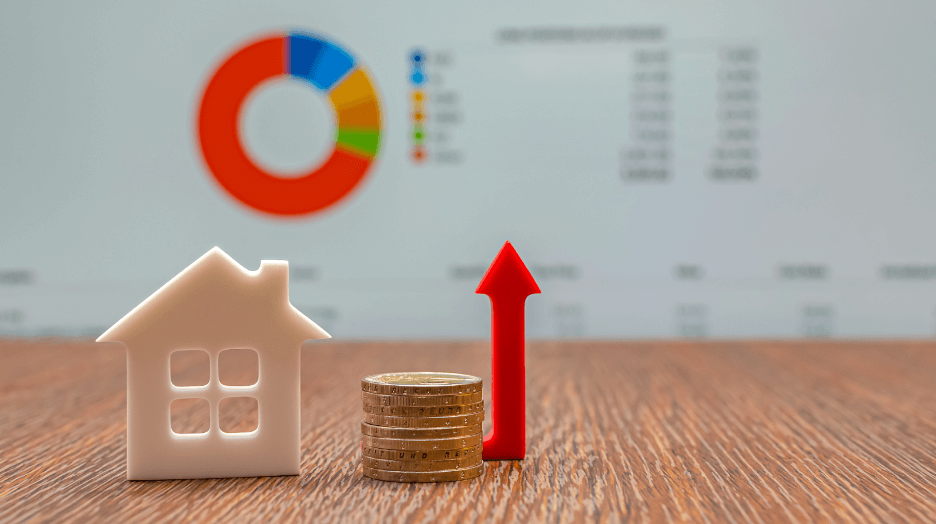Investing in real estate can be a lucrative endeavor, but timing is everything. Understanding the real estate market cycles is essential for making informed investment decisions. In this blog post, we will explore the different phases of the market cycle and provide valuable insights into how you can time your investments for optimal returns.
This blog post will delve into the intricacies of real estate market cycles and guide you on how to navigate each phase successfully. We will discuss the characteristics of each phase, offer strategies to maximize profits and provide tips for identifying the current market phase. By gaining a deep understanding of real estate market cycles, you can make informed decisions and increase your chances of achieving optimal returns on your investments.
- Expansion Phase: During the expansion phase, the real estate market experiences growth and increasing demand. Key characteristics include:
- Rising property prices and increasing sales activity.
- Low vacancy rates and high rental demand.
- Favorable financing conditions with low-interest rates.
- Positive economic indicators, such as job growth and population expansion.
- New construction and development projects.
2. Peak Phase: The peak phase represents the height of the market cycle when prices reach their maximum levels. Key characteristics include:
- High property prices, often at or near their peak.
- Increased speculative activity and investor participation.
- Strong competition among buyers, leads to bidding wars.
- Supply starting to catch up with demand, but still relatively low.
- Signs of market overheating and potential market saturation.
3. Contraction Phase: The contraction phase follows the peak and marks a slowdown in the market. Key characteristics include:
- Falling property prices or stagnant growth.
- Increased inventory as more properties is listed for sale.
- Longer time on the market and decreased buyer demand.
- The gradual tightening of lending conditions and higher interest rates.
- Economic indicators show a slowdown or recessionary signals.
4. Trough Phase: The trough phase represents the bottom of the market cycle, signaling a period of recovery and stabilization. Key characteristics include:
- Property prices reaching their lowest point or stabilizing.
- Reduced inventory levels as sellers hold off listing properties.
- Increasing buyer interest and demand.
- Improving economic conditions and market sentiment.
- Opportunities for investors to find value and potential appreciation.
It’s important to note that the duration and intensity of each phase can vary, and market cycles can differ across regions and property types. Understanding these characteristics can help investors navigate the market, identify opportunities, and make informed decisions based on the current phase of the real estate cycle.
How can timing my investments according to market cycles benefit me?
Timing your investments according to real estate market cycles can help you capitalize on opportunities, maximize profits, and minimize risks. By understanding the characteristics of each phase and implementing appropriate strategies, you can buy properties at favorable prices, ride the wave of rising values, and sell at the peak, or identify undervalued properties during a market bottom.
Understanding real estate market cycles and timing your investments accordingly is crucial for maximizing returns. By recognizing the different phases and implementing the right strategies, you can make informed decisions and achieve optimal results. Remember to stay informed about market trends, consult with experts, and conduct thorough research to successfully navigate the ever-changing real estate landscape.
By mastering the art of timing in real estate investing, you can position yourself for long-term success and take advantage of opportunities that arise in each phase of the market cycle.
Follow us or 🌐 Check out our website for more tips and insights as you embark on your exciting move to Atlanta, Georgia.




